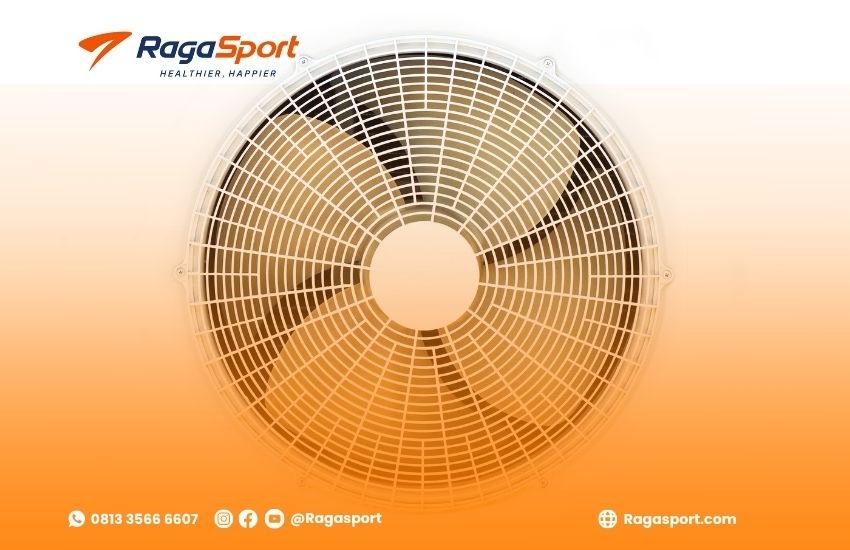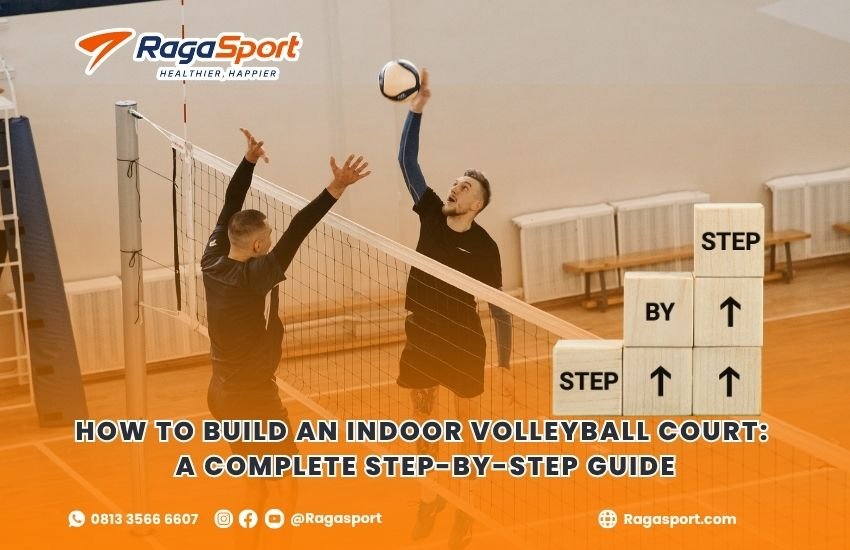How to Build an Indoor Volleyball Court: A Complete Step-by-Step Guide
Building an indoor volleyball court is a project that combines engineering precision, sports regulations, and user-focused design. Whether for a school, sports complex, or training facility, a high-quality indoor volleyball court enhances player performance and safety. This guide breaks down the construction process into detailed steps—from planning to finishing—to help you build a professional and durable court.
Table of Contents
1. Initial Planning and Feasibility
1.1 Define Your Goals
Start by identifying the purpose of the court: training, competition, recreational use, or multi-sport utility. Your design decisions, materials, and budget will depend on this goal.
1.2 Select a Suitable Location
Choose an indoor space or building site that meets size, accessibility, and structural requirements. Ensure the area has sufficient height clearance and space for safety zones.
1.3 Obtain Permits and Compliance
Consult with local authorities regarding construction permits, zoning regulations, and fire safety compliance. Indoor sports facilities must also comply with accessibility standards and ventilation codes.
2. Court Dimensions and Layout
2.1 Standard Measurements
According to FIVB (Fédération Internationale de Volleyball) guidelines:
- Court size: 18 meters (length) x 9 meters (width)
- Free zone: Minimum of 3 meters on all sides
- Ceiling height: At least 7 meters, ideally 12.5 meters for professional play
2.2 Space for Auxiliary Facilities
Plan for locker rooms, spectator seating, equipment storage, and emergency exits to support full facility functionality.
3. Foundation and Structural Considerations
3.1 Site Preparation
Clear and level the ground. Indoor facilities often require structural strengthening and drainage planning, even if the site is already covered.
3.2 Sub-Base Construction
Lay a compacted gravel or crushed stone sub-base to ensure stability and prevent water accumulation. This layer supports the final flooring system.
3.3 Moisture Barriers
Install vapor barriers or moisture-resistant membranes under the floor to protect materials from humidity damage.
4. Choosing the Right Flooring System
4.1 Hardwood Flooring
Maple hardwood is the gold standard for competitive volleyball courts. It offers excellent shock absorption, ball response, and aesthetic appeal.
4.2 Synthetic Surfaces
Vinyl and polyurethane are popular for multi-use facilities. These materials are durable, easy to maintain, and budget-friendly.
4.3 Key Flooring Features
Look for flooring systems with:
- Uniform shock absorption
- Non-slip surfaces
- Consistent ball bounce
- Surface resilience under pressure
5. Lighting and Electrical Installation
5.1 Lighting Requirements
Install LED lighting that meets minimum standards of 500 lux for training and up to 1500 lux for official matches. Use diffused, evenly distributed lighting to avoid shadows and glare.
5.2 Power Systems
Ensure that your facility has proper power supply capacity to support lighting, scoreboards, and HVAC systems. Backup generators are recommended in areas with frequent power outages.
6. Ventilation and Climate Control

6.1 Air Circulation Systems
Install an HVAC system suitable for the court’s volume. Proper airflow maintains comfort and prevents condensation on the flooring.
6.2 Temperature and Humidity Control
Maintain an indoor temperature between 18–24°C with humidity levels under 60%. Excess humidity can warp flooring and affect playability.
6.3 Insulation and Acoustic Treatment
Use acoustic wall panels and insulation materials to reduce noise reverberation and improve energy efficiency.
7. Net Systems and Court Equipment
7.1 Professional Net Installation
Install a high-tension, adjustable volleyball net that meets FIVB standards: 2.43 meters for men, 2.24 meters for women.
7.2 Poles and Anchoring
Use strong, padded net posts with adjustable height and locking mechanisms. Anchor them securely into the flooring or surrounding sub-structure.
7.3 Accessories and Safety Gear
Include referee stands, player benches, wall padding, and boundary markers. These elements improve functionality and safety.
8. Safety, Accessibility, and Finishing Touches
8.1 Emergency and Safety Protocols
Mark emergency exits clearly and install fire extinguishers and first aid kits. All safety equipment should be easily accessible.
8.2 Accessibility Features
Comply with universal design principles by including wheelchair ramps, accessible seating, and wide doorways.
8.3 Final Coating and Branding
Finish the court with anti-slip coatings and paint clear, durable lines. Optionally, add custom branding such as logos, school names, or sponsor graphics.
9. Maintenance Planning and Support
9.1 Daily Maintenance
Clean floors with microfiber mops and non-abrasive solutions. Check for moisture and wear regularly.
9.2 Scheduled Inspections
Annually inspect HVAC, lighting, and flooring conditions. Repaint court lines as needed and tighten net systems.
9.3 Long-Term Support
Work with your builder to create a long-term maintenance plan that includes inspections, minor repairs, and replacement schedules.
10. Choosing the Right Indoor Volleyball Court Builder
10.1 Experience in Volleyball Construction
Select a contractor with a solid portfolio of indoor volleyball projects. They should understand technical specs, sport safety, and performance needs.
10.2 Customization Options
Your builder should offer design flexibility, whether for multi-sport integration, branding, or equipment layout.
10.3 Warranty and Aftercare
Choose companies that provide a comprehensive warranty and post-installation support, including repairs, resurfacing, and upgrades.
Why Choose Raga Sport for Indoor Volleyball Courts?
Raga Sport is a trusted leader in indoor volleyball court construction in Indonesia. With deep expertise in sports facility development, the company delivers:
- Professional design and FIVB-compliant installation
- Premium materials like maple wood or synthetic flooring
- Advanced lighting, ventilation, and equipment systems
- Full-service support from planning to maintenance
Raga Sport has built volleyball courts for schools, government centers, private clubs, and commercial sports halls across the region.

Ready to Build a High-Quality Indoor Volleyball Court?
Let Raga Sport turn your vision into reality with expert construction, top-quality materials, and a court that meets every standard.
👉 Explore our projects at ragasport.com
📲 Chat with our team now via WhatsApp: Click Here

